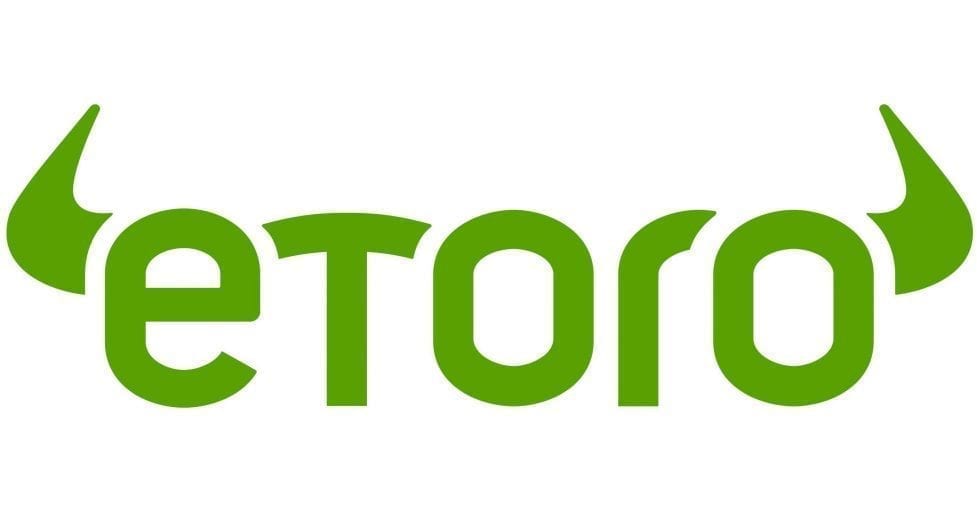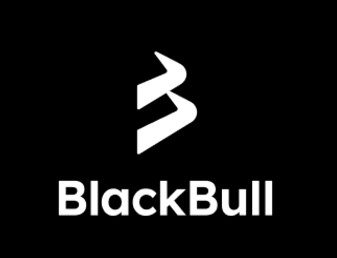Westpac Banking Corporation (ASX: WBC), one of Australia’s “Big Four” banks and the nation’s second-largest home lender, has entered a pivotal phase marked by heightened volatility, margin compression, and ambitious transformation efforts. In today’s session, Westpac shares fell 4% to $30.50, capping off a week of choppy trading that has seen WBC lose 7.41% and move into negative territory YTD (-5.89%). With fundamentals being the main driver of the downside move, a shift in sentiment may not be easy to find.
The bank’s 1H25 financial results, released on May 5, 2025, revealed a 1% year-on-year decline in net profit after tax (NPAT) to $3.32 billion, missing the consensus estimate of $3.43 billion. While total loans grew 5% to $825 billion, driven by growth in business lending (+14%) and institutional lending (+15%), the bank’s net interest margin (NIM) contracted by 3 basis points to 1.8% due to intense competition in mortgages and deposits. Operating expenses rose 6% to A$5.7 billion, attributed largely to its $3 billion UNITE technology modernization program.
Westpac maintained its interim dividend at 76 cents per share (fully franked), consistent with 1H24. However, analysts questioned the payout’s longevity, citing rising funding costs and UNITE-related investments. Macquarie highlighted WBC’s premium valuation (17x FY26 P/E) compared to peers like ANZ and NAB, arguing that consensus forecasts for margins and dividends remain overly optimistic. UBS echoed concerns, trimming its NPAT forecasts by 3–6% through FY27 and warning of dividend pressure.
The Reserve Bank of Australia’s (RBA) February 2025 rate cut to 4.1% compounded margin pressures, with Westpac passing the full 25-basis-point reduction to variable mortgage holders.
CEO Anthony Miller, who assumed the role in December 2024, emphasized geopolitical risks and softer consumer sentiment as headwinds. His strategy focuses on:
Top Australian Brokers
- City Index - Aussie shares from $5 - Read our review
- Pepperstone - Trading education - Read our review
- IC Markets - Experienced and highly regulated - Read our review
- eToro - Social and copy trading platform - Read our review
- Expanding business and institutional lending (now 30% of total loans).
- Accelerating the UNITE program, which aims to consolidate platforms and reduce annual costs by $500 million by FY27.
- Reopening regional branches (e.g., Moree, Leongatha) to balance digital and physical services.
Analysts remain divided, with the consensus price target of $28.57 below the current trading price. The high bar of $36 reflects the bull case, yet recent updates have been to the downside.
-
- Macquarie (Underperform, $27.50 target): Flags execution risks around UNITE and a “bullish consensus due for correction”.
- UBS (Neutral): Acknowledges cost-cutting potential but cites “fully priced” sector valuations.
Westpac’s recent stock volatility stems from a confluence of cyclical pressures (rate cuts, competition) and structural investments (UNITE). While its dividend yield (4.7%) and CET1 strength provide defensive appeal, margin headwinds and execution risks warrant caution.





